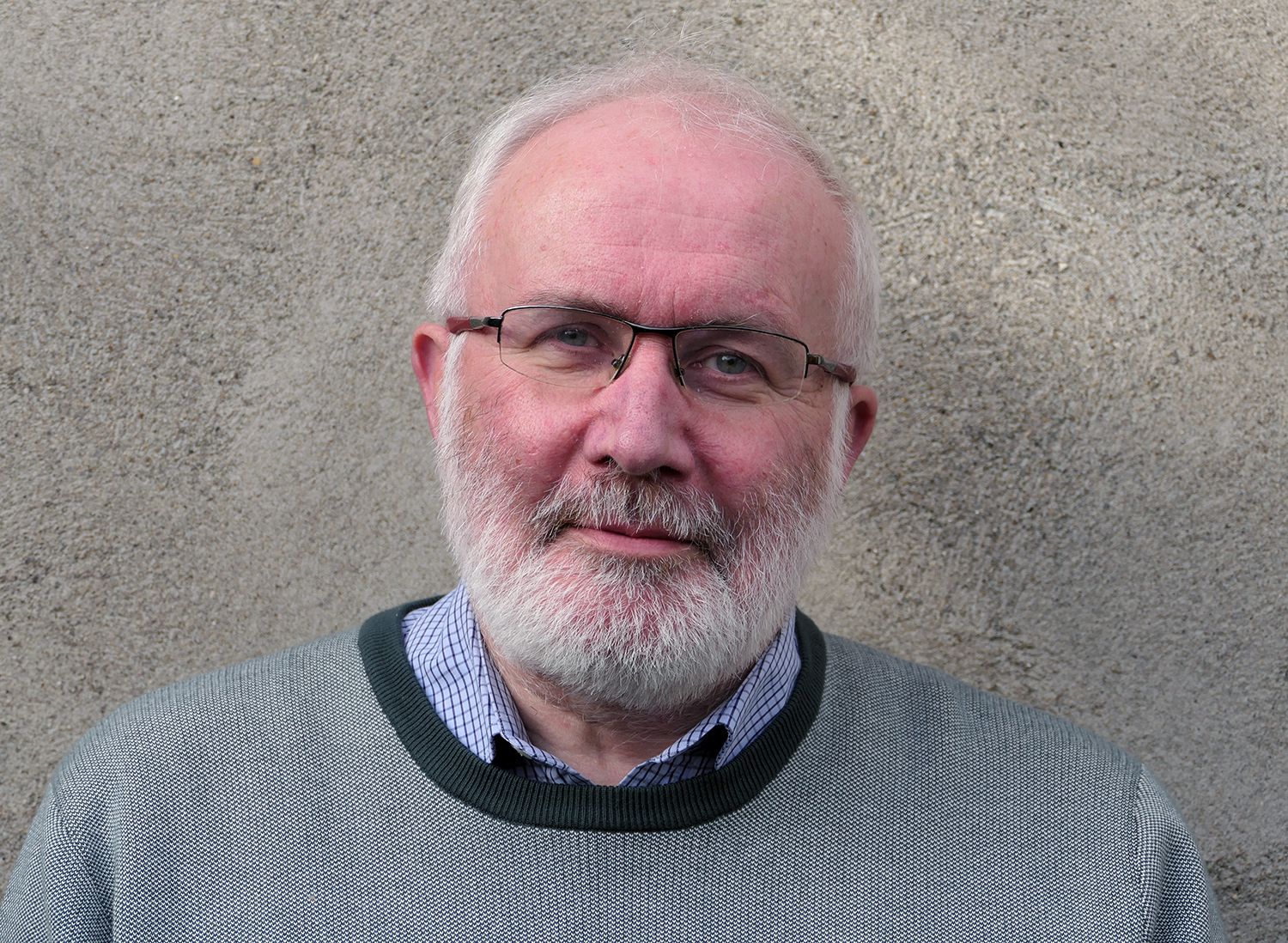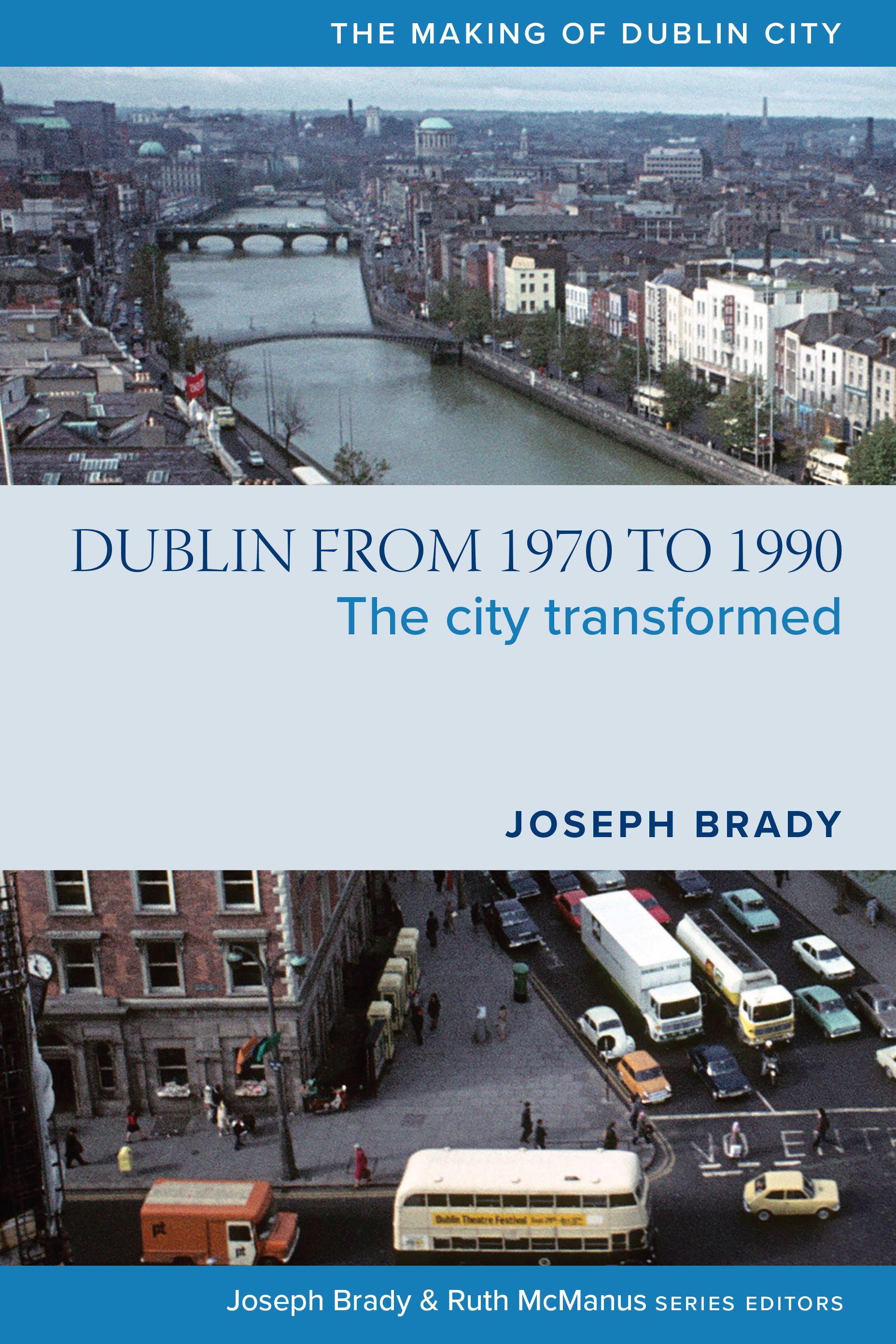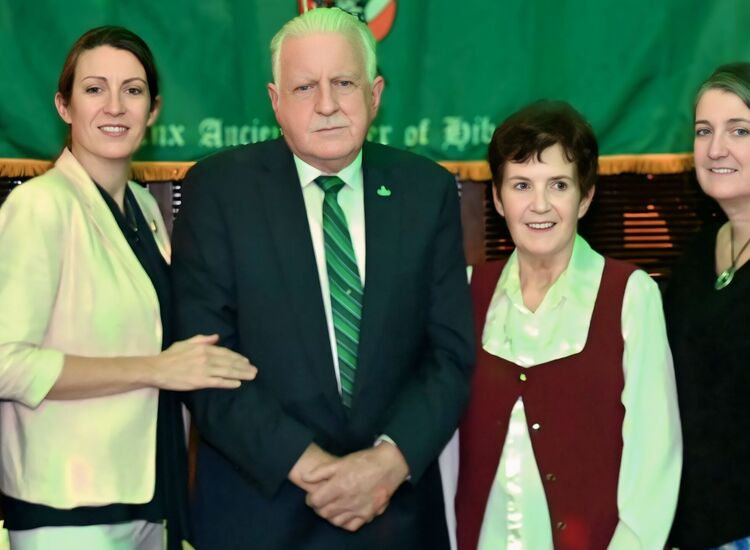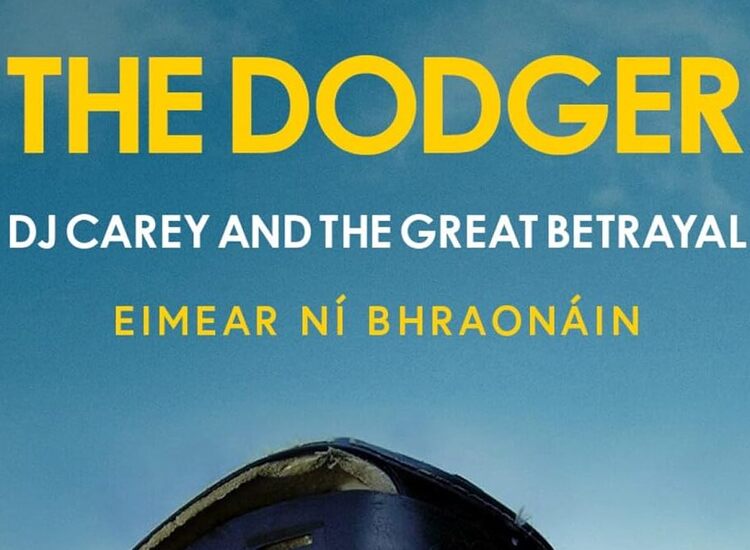Geographer Joseph Brady observed once that some of his fellow Dubliners seemed to know more about their city in medieval times than the present or recent past.
“My friend and colleague Anngret Simms noticed that there was very little written about the development of Dublin in the 20th century and even less written about the city’s streetscape,” he recalled.
“We decided that it was time to write about the growth of the city in which we lived and worked and get a sense of the people and the forces that shaped the streets and the districts of the city,” added Brady, the former head of the University College Dublin School of Geography, Planning and Environmental Policy and Dean of Arts.
“We found great partners in Four Courts Press and 20 years later, the books are still being produced,” he said. “Anngret has retired and Ruth McManus now works with me. You can get a sense of what the volumes deal with at www.dublinhistory.ie.”
The eighth, “Dublin 1970-1990: The City Transformed,” which is written by Brady, has just been published.
Four Courts Press says, introducing the book, “The suburban trend in housing, shopping and jobs made the problem of decline and decay in the city centre even more acute. There was much talk about what needed to be done but little happened until the latter years of the 1980s. When change came it was dramatic and both the social geography of the city centre and its appearance were transformed in less than five years.
“The urban environment was given greater attention, largely because the issues could no longer be avoided. The Liffey stink was finally tamed after a century or more of complaints and Dubliners had to say farewell to open coal fires.”
“It is an interesting period to write about because it is well within the living memory of many Dubliners,” Brady said. “ So for them it is around reminding them about some of the significant events that shaped the city as they were living in it. At the same time, while I think of the time period as being ‘only yesterday’, for many it is as far away in history as the 19th century. For them, the book is about exploring the forces and the people who created the current landscape. As with all of the books in this series, there is a big emphasis on images since the visual is hugely important in trying to tell the story. The book has several hundred maps, photos, advertisements of the time etc.”
“Dublin from 1970-1990” will be published later this month in both hardcover and paperback.

Joseph Brady
Date of birth: December 1955
Place of birth: Dublin
Residence: Drumcondra, Dublin
Published works: I am urban geographer, so I have been publishing on the topic of cities for many years. My main publication project on Dublin has been a series of books entitled “The Making of Dublin City.”
What is your writing routine? Are there ideal conditions?
I need to be disciplined. So I set a timetable and do my best to keep to it. I’ve learned that everything takes longer than anticipated. I need quiet. I am not a person who can work with noise or distractions in the background. Ideally, you have your thoughts marshaled and the words simply flow onto the page, making perfect sense! Unfortunately, that doesn’t happen very often.
What advice do you have for aspiring writers?
It is the same advice that they will have heard from many. You have to stick with it and that means sitting down to write even when you’re not in the mood and you haven’t got a clear idea of what you are going to write.
Name three books that are memorable in terms of your reading pleasure.
Any of the Inspector Montalbano mysteries by Andrea Camilleri; “Neither Here nor There” by Bill Bryson; “Bully for Brontasaurus: Reflections in Natural History” by Stephen Jay Gould.
What book are you currently reading?
“Showstopper” by G. Pascal Zachary. I’m quite techie and I used to write code so the story of how Microsoft created Windows NT is fascinating.
Is there a book you wish you had written?
“1984” by George Orwell
Name a book that you were pleasantly surprised by.
“The Shadow of the Wind: The Cemetery of Forgotten Books” by Carlos Ruiz Zafon
If you could meet one author, living or dead, who would it be?
No one in particular. I believe that a book once written takes on an existence independent of the author, so I prefer to let books speak for themselves.
What is your favorite spot in Ireland?
Eyeries, Co Cork. A truly magical place.
You're Irish if...
The second thing you say to someone you have just met is “I think we are probably related ….”








